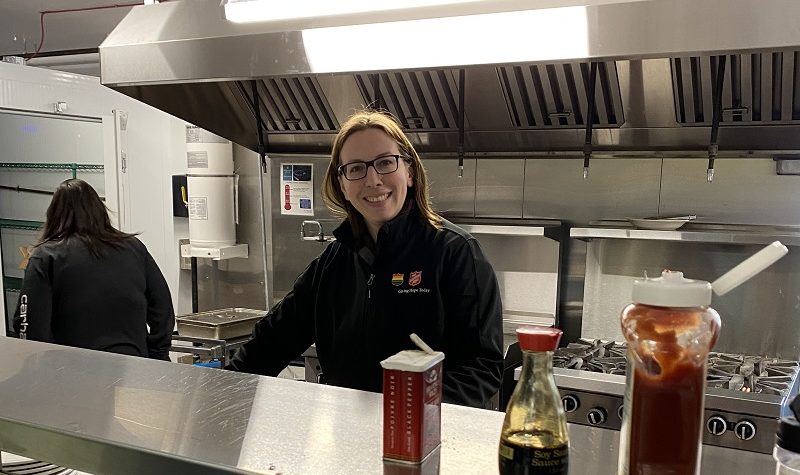New reports on poverty in Canada demonstrate that small communities in northern BC need to act now to put food on tables for their vulnerable community members.
In 2002, Quebec developed Canada’s first poverty reduction strategy. Since then, some provinces, territories, and the federal government have followed suit with plans of their own. Now, in 2023, as Canada is faced with a new set of poverty and food insecurity challenges, Food Banks Canada is introducing the country’s first comprehensive poverty report to capture the nuances of provincial, territorial, and federal perspectives in one place.
The Poverty Report and corresponding report cards are accompanied by a set of policy recommendations for each level of government, which act as a roadmap to steer the country toward a future where poverty and food insecurity are a thing of the past.
Lara Neissen is the Community Ministries Director for the Skeena-Bulkley Valley circuit of the Salvation Army. She manages five locations in Houston, Smithers, Hazleton, Sik-e-dakh and Gitsegukla with three food banks in Hazleton, Houston, and Smithers. She commented that even in her 10 months of working in the Skeena locations she has seen a major increase in usage of the "hot lunch" (or soup kitchen) and food hamper programs.
"When I first started back in, in November of last year, we'd get around 20 to 30 people coming in on our soup days. Now it's about 80 to 100 people per soup kitchen day. So that's a huge increase for Smithers. And in Houston as well, because we've had our mill closed down we've had a huge increase in our food hampers. And also our school hampers have gone up in Houston as well."
Captain Geoff Butt manages the Prince Rupert Salvation Army and is the Prince Rupert Community Services Director. He has worked with the Prince Rupert Salvation Army for 12 years and has made integral connections with Prince Rupert organizations and community members to help feed those who use their soup kitchen or food hamper programs.
"This is my every day, but certainly what I've seen and is a very disturbing trend is what we would say are working poor. There was a time, not too long ago, [...] when you could work a job full time, part time, you're not going to be wealthy, but you're going to be able to get by," he told CICK. "But I certainly see a lot of people come in my doors who, what we call working poor. These are people who are not homeless, it's not addiction issues. It's people that, despite them putting in years somewhere, the wages... Of what they make plus the cost of living for for their rent or their their mortgages, they need any help they can get they get groceries."
Listen to both interviews in the link below.


